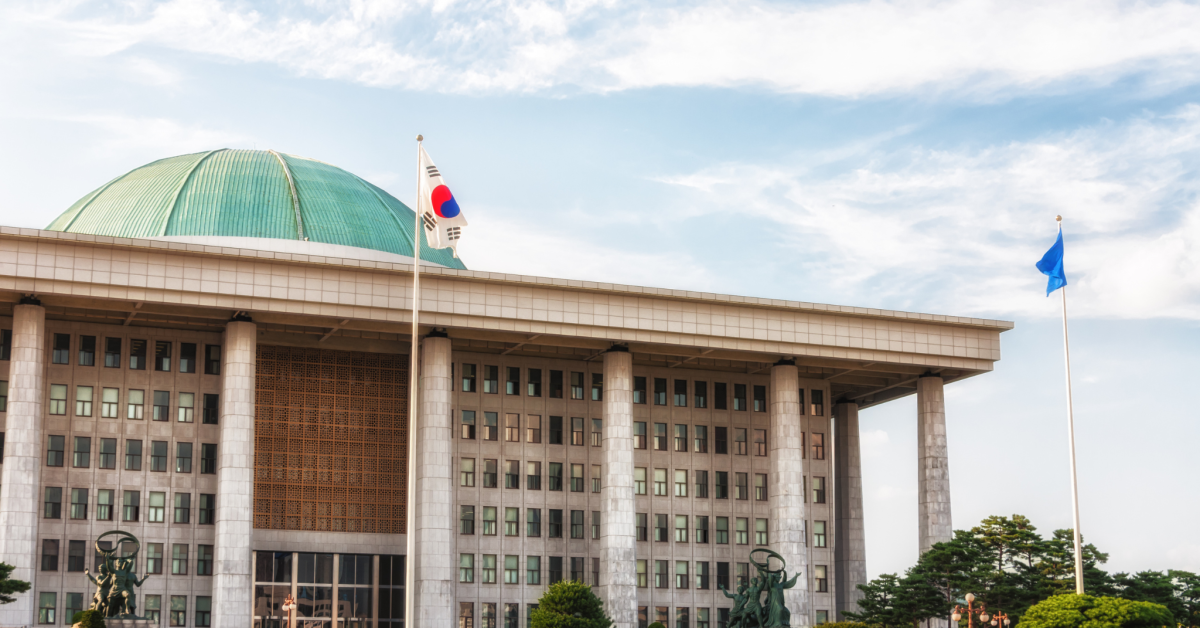China’s Third Plenum: Reform and innovation-driven economic growth emphasized among mounting challenges
At a Glance
- China’s once-every-five-year macroeconomic planning meeting of its Central Committee of the Communist Party, known as the Third Plenum, closed on July 18. The summit met analysts’ moderate expectations, reiterating longstanding economic goals including innovation, a “strong economy with Chinese characteristics,” equalized urban-rural development, and a balancing of economic growth with national security.
- Significant economic challenges loomed over the Third Plenum, including deep anxiety over a real estate collapse, high youth unemployment, low consumer confidence, and falling prices, despite solid progress made against these challenges.
- Historically, official communiqués from Third Plenums are the output of a closed-door session, which multiple Ministries and Commissions under the State Council (China’s Cabinet) subsequently study and then translate into policies and plans in the coming months.
Overview: Mounting challenges call for blanket solutions
The Third Plenum of the 20th Central Committee of the Communist Party of China (CPC) convened from July 15 to 18, 2024, in Beijing. All eyes were on the Third Plenum this year for signs of how Chinese leadership will tackle the country’s struggling economy and signals of the government’s priorities for the next five years. This plenum was delayed significantly due to a lack of consensus on how to tackle the dire economic situation and incentivize business.
China faces mounting challenges in pursuing economic reform—at home and abroad. Domestically, China is concerned about a crisis-hit property sector, local government debt, sluggish domestic demand and weak consumption, low urban unemployment, and imbalanced urban-rural development. On a global scale, geopolitical tensions with China’s largest trading partners—the US and EU—will continue to complicate how Beijing can respond to these internal challenges.
Key Takeaways: Holding fast to continuity and national security
At the end of the plenum, the CPC issued two communiques on the meeting’s key outcomes. A few top takeaways from the communiques:
- China remains positive on delivering economic and social development goals for this year. China’s GDP grew 5% year-on-year for the first half of this year, and CPC leadership has pledged to focus on reform to deliver on its 5% growth goal for 2024. Chinese leadership will focus on deploying “new quality productive forces”—lingo for high-tech growth forces like solar, electric vehicles, and artificial intelligence (AI), upgrading traditional manufacturing industries, strengthening newly emerging industries, and cultivating future industries by unlocking privately-owned-enterprises (POE), foreign direct investment, and foreign trade promotion.
- National security and tech self-reliance will continue to be a top priority—but must co-exist with steady economic growth. Beijing will continue to deploy measures to increase self-reliance in high-tech industries and mitigate Western restrictions on semiconductors, AI, and other advanced technology. China’s own push to “de-risk” its economy will see the adoption of multiple and diversified strategies, including localizing and forging more resilient domestic supply chains, integrating digital economies into the real economy, and streamlining institutional mechanisms for economic innovation. Beijing will also make efforts to expand diplomatic engagements with allies and entrench relationships with non-Western countries to advance its foreign policy goals.
- Beijing wants to enable private enterprises, foreign direct investment, and trade to play a bigger role in economic growth. China’s President Xi will harness the power of private enterprises to advance the party’s growth strategy, relying on advanced manufacturing and strategic technologies—and state funds—to do that. Party leadership has reassured the business community that all types of companies will have access to equal production factors and fair competition in the market. The communiques also stressed that expanding international cooperation and attracting high quality foreign direct investment will continue to be prioritized. And the business community could see improvements in policies around government procurement for foreign companies, a longstanding issue among international executives.
- We’ll likely see reforms in education, science and technology, and talent cultivation to drive all-round innovation. Achieving technological self-sufficiency has been a core agenda item for Xi’s economic and geopolitical strategies. Critical technology developments include AI, semiconductors, and quantum computing to reduce the over-reliance on foreign technologies and solutions.
Two supportive measures in play include:
- Funding to drive industry development and supply chain development: China established its largest-ever state-backed semiconductor fund (known as the “Big Fund III”) in May 2024 with a registered capital of USD 47.5 billion, injecting fresh momentum into its domestic chip industry and supply chains. And driverless cars and taxis—a booming trend across China—are led by tech giant Baidu and awash with policy support and incentives.
- Government reorganization to support innovation and implementation: The Ministry of Industry and Information Technology in April 2024 set up a new Future Industries Division under its High-Tech Department, elevating such innovation at a national strategic level for the first time. And just this week, the Ministry of Science and Technology introduced three new affiliated institutions dedicated to promoting new quality productive forces, new technologies, and international cooperation.
Looking ahead
The Third Plenum’s communiques remain high-level political agendas which now fall to multiple Ministries and Commissions under the State Council (China’s Cabinet) to translate and implement in the coming months. This is a crucial timeline as China enters the next five-year plan (FYP) period in 2026 (the 15th FYP). The upcoming CPC Politburo meeting at the end of July may provide further reform directions for the government agencies to implement.
At this stage, we see:
- In the short term, China has a strong appetite for a quick win to rebuild and reinforce business and public confidence in its economy. Low hanging fruit is an urgent priority. Thus, initiatives driving foreign direct investment, trade, innovation, and integrated urban-rural development may be first to see more material and immediate progress.
- In the midterm, China’s ambitions in state-owned enterprises (SOE) reform and optimizing its economic development model to coordinate “dual circulation” (prioritizing domestic consumption while remaining open to international trade) is next. From the CPC perspective, these efforts are aimed at vitalizing market and job growth.
- In the long term, China may unfold initiatives such as a unified national market (to coordinate and harmonize a previously decentralized economic development strategy), fiscal and taxation reform to clarify central and local government’s roles and responsibilities, shrinking gaps between urban-rural development, and rule of law reforms.
International businesses must stay tuned and engaged to shape the business environment
International businesses operating in or trading with the Chinese market should keep their fingers on the pulse. Ongoing evaluations on policy-driven opportunities and risks should be conducted. Opportunities to engage in policy making and implementation should be sought.
International businesses are also advised to take a proactive and multipronged approach to engaging with government stakeholders at both central and local levels. This is not only to gather first-hand policy insights and government priorities to seize policy-driven opportunities, but also to identify potential policy-triggered risks to proactively mitigate against such risks and ideally prevent them. Additionally, international businesses can leverage high-level platforms to effectively position themselves as contributors. Trade associations can help advance priorities to a higher level among government stakeholders, particularly for small and medium sized businesses.
Over the next few days, a series of Third Plenum “decisions” will be released that will give more clarity to the long-term strategic priorities of Chinese leadership and should be monitored closely. These decisions will expand on possible reforms to China’s educational system and “talent management system” to boost innovation, develop new quality productive forces, make changes to the hukou (household registration) system and the rural economy, and turbocharge green development. Businesses should pay close attention to these decisions as they will have a major impact on the direction of the Chinese economy in the long term.
For additional information, reach out to Cynthia.Xing@edelmanega.com or Richard.Andrew@edelmanega.com



